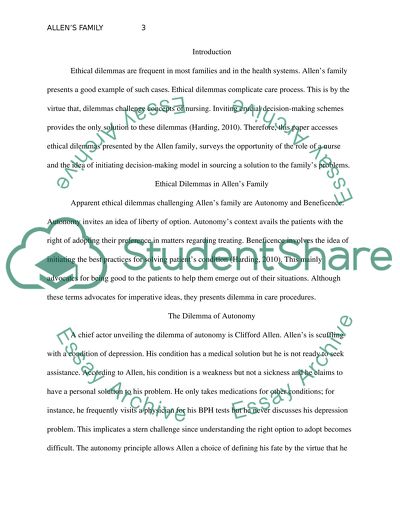Cite this document
(“Case study. Ethical Dilemmas in Allen's Family Term Paper”, n.d.)
Case study. Ethical Dilemmas in Allen's Family Term Paper. Retrieved from https://studentshare.org/nursing/1450095-case-study-ethical-dilemmas-in-allens-family
Case study. Ethical Dilemmas in Allen's Family Term Paper. Retrieved from https://studentshare.org/nursing/1450095-case-study-ethical-dilemmas-in-allens-family
(Case Study. Ethical Dilemmas in Allen'S Family Term Paper)
Case Study. Ethical Dilemmas in Allen'S Family Term Paper. https://studentshare.org/nursing/1450095-case-study-ethical-dilemmas-in-allens-family.
Case Study. Ethical Dilemmas in Allen'S Family Term Paper. https://studentshare.org/nursing/1450095-case-study-ethical-dilemmas-in-allens-family.
“Case Study. Ethical Dilemmas in Allen'S Family Term Paper”, n.d. https://studentshare.org/nursing/1450095-case-study-ethical-dilemmas-in-allens-family.


